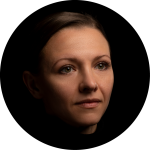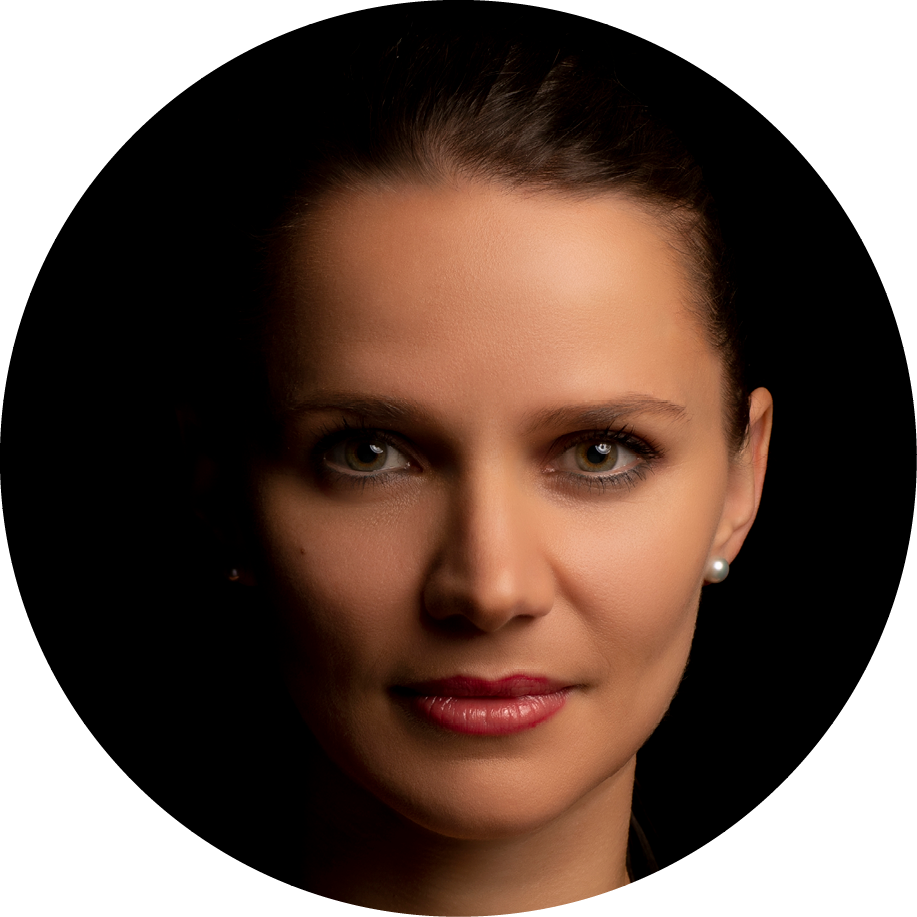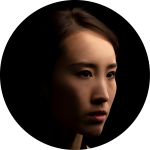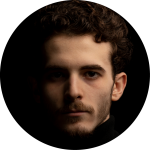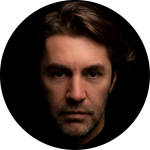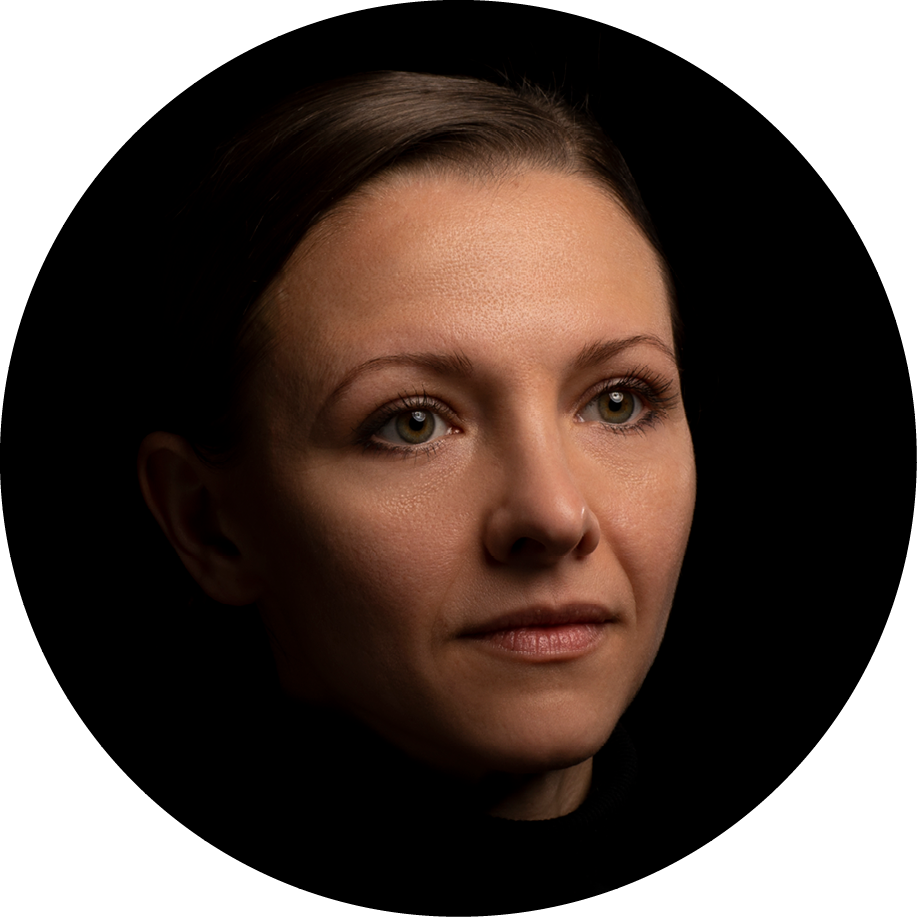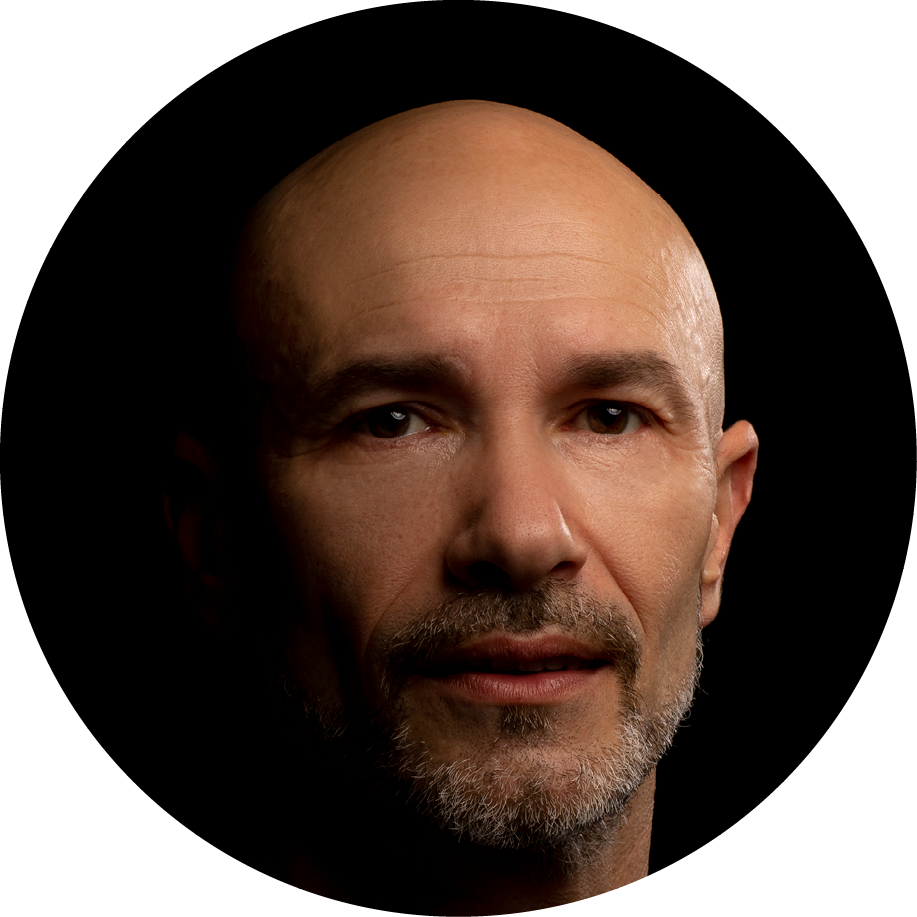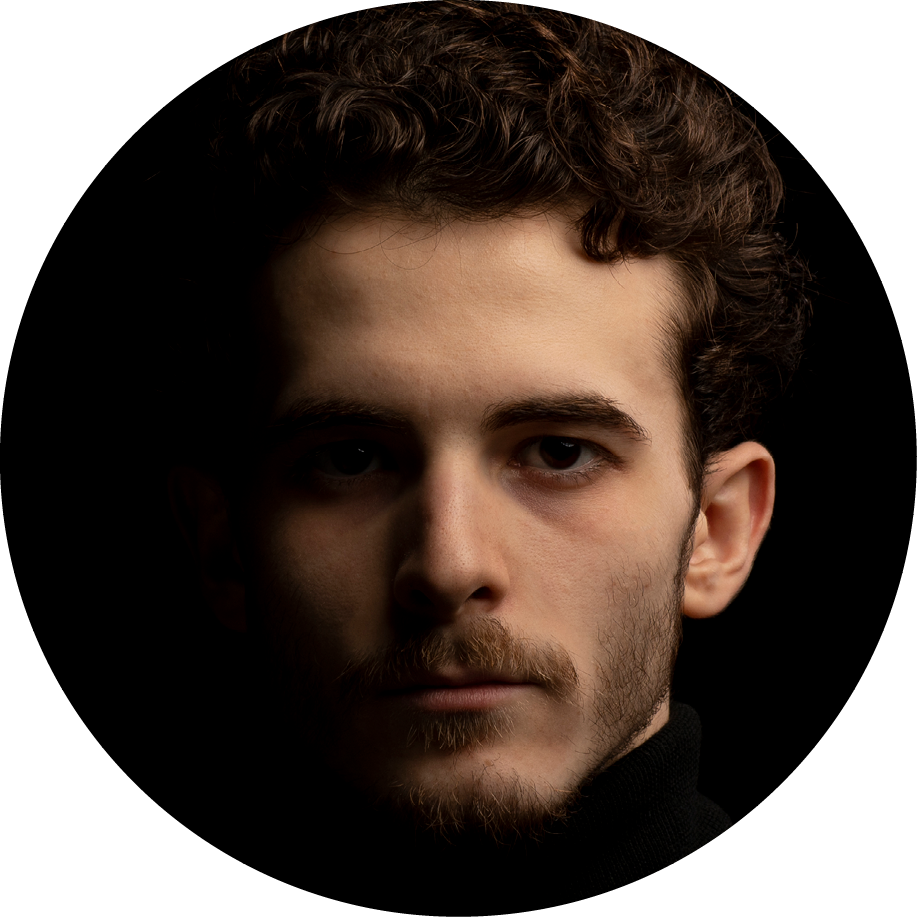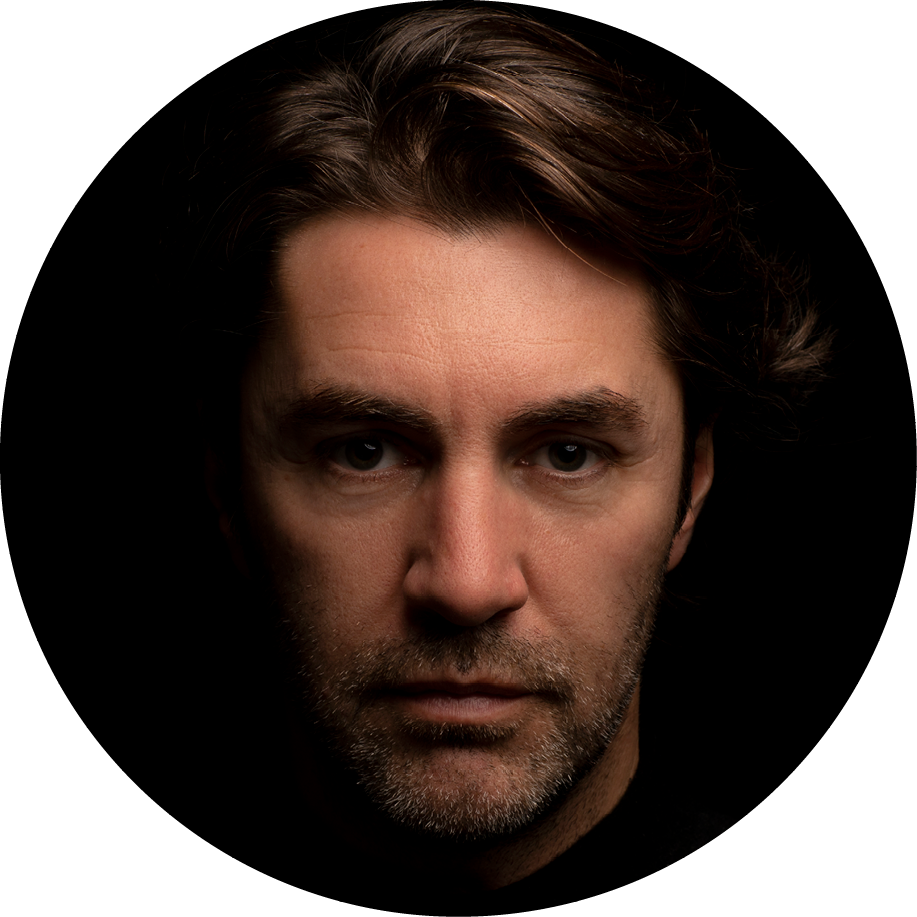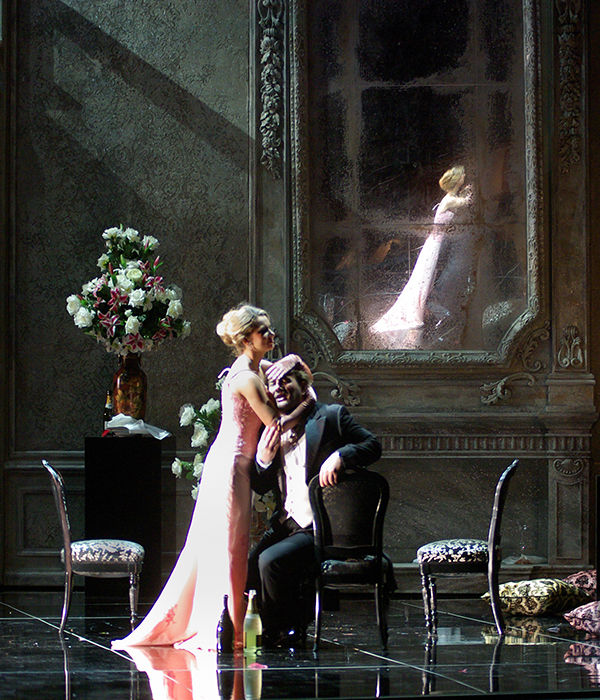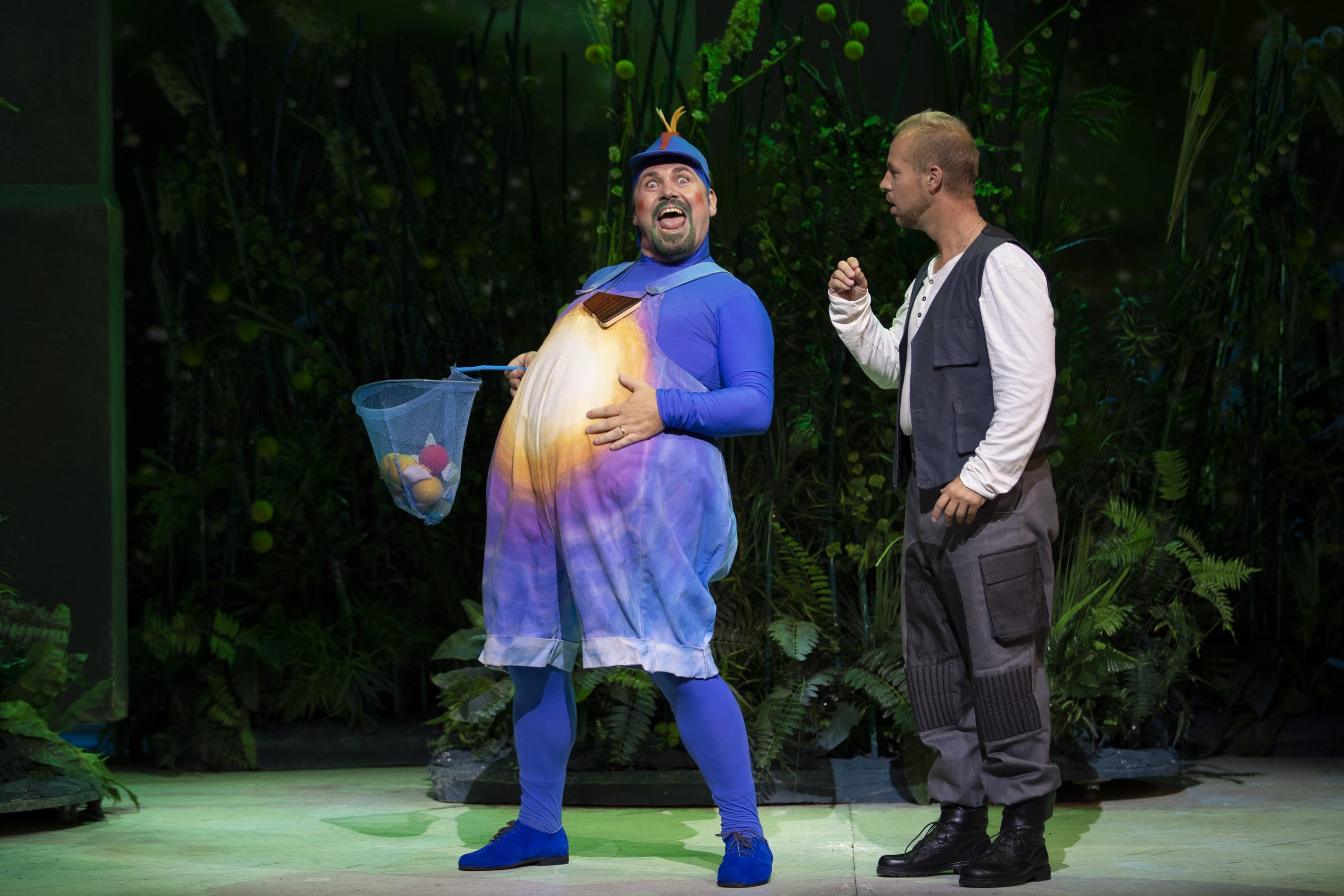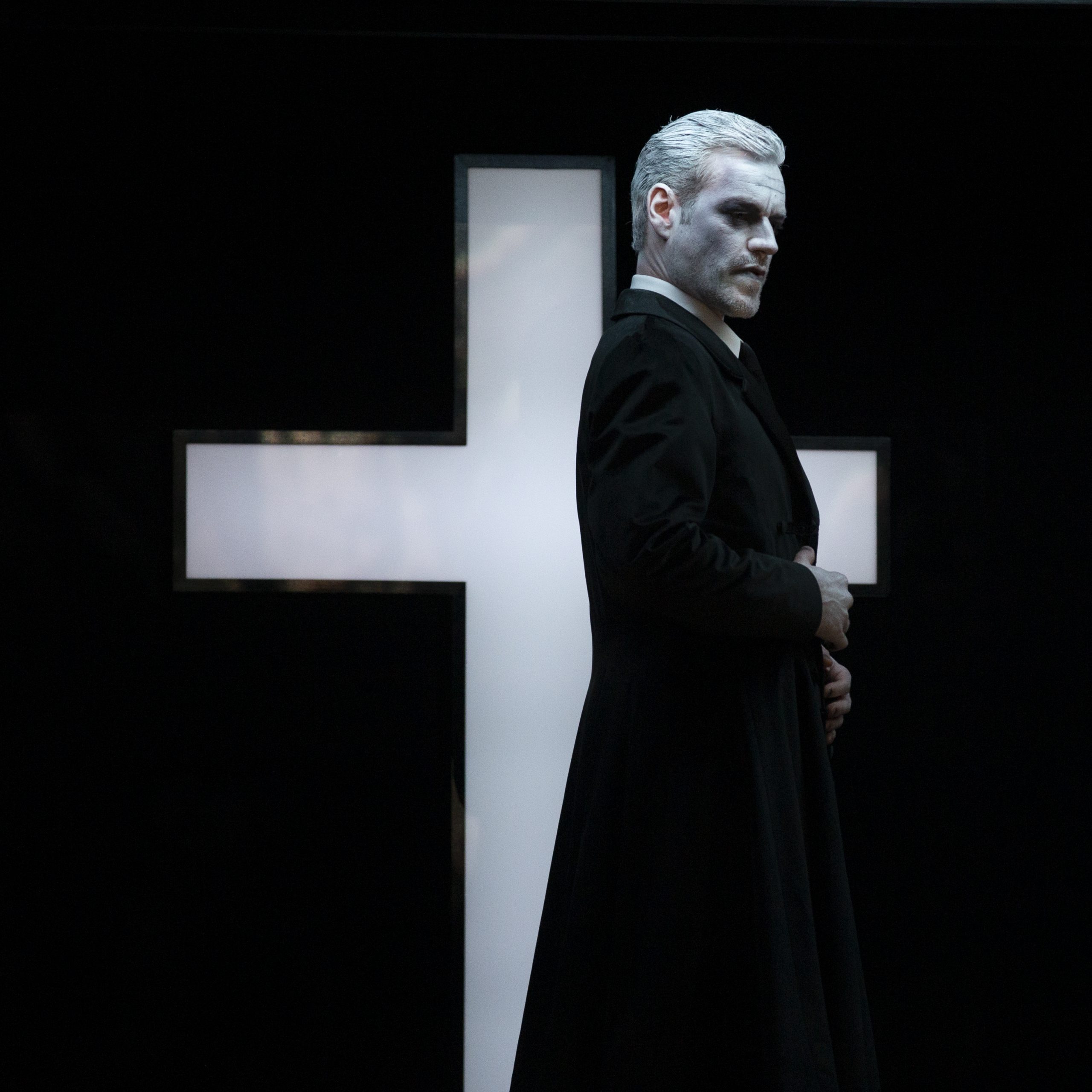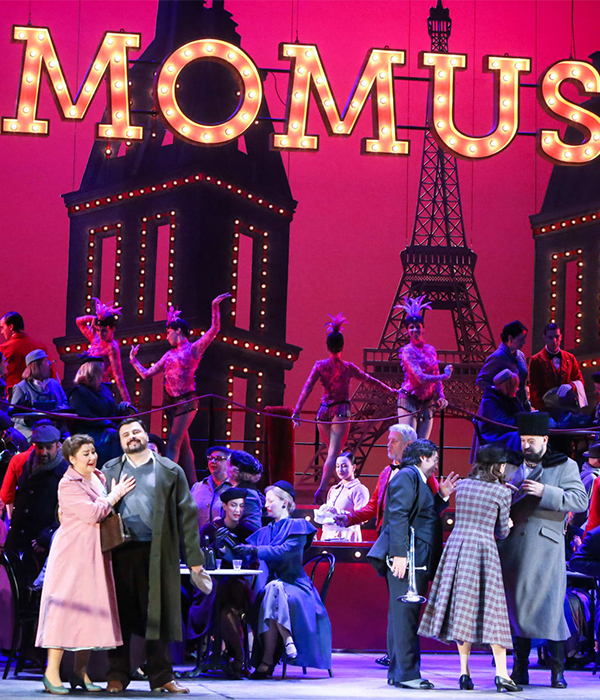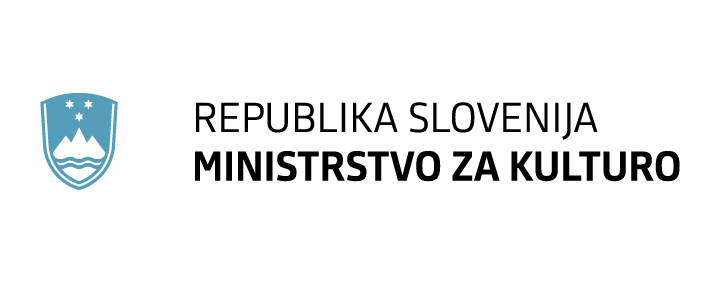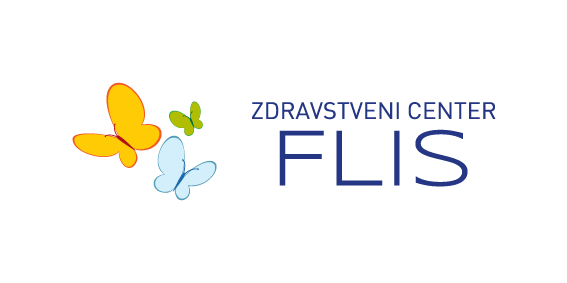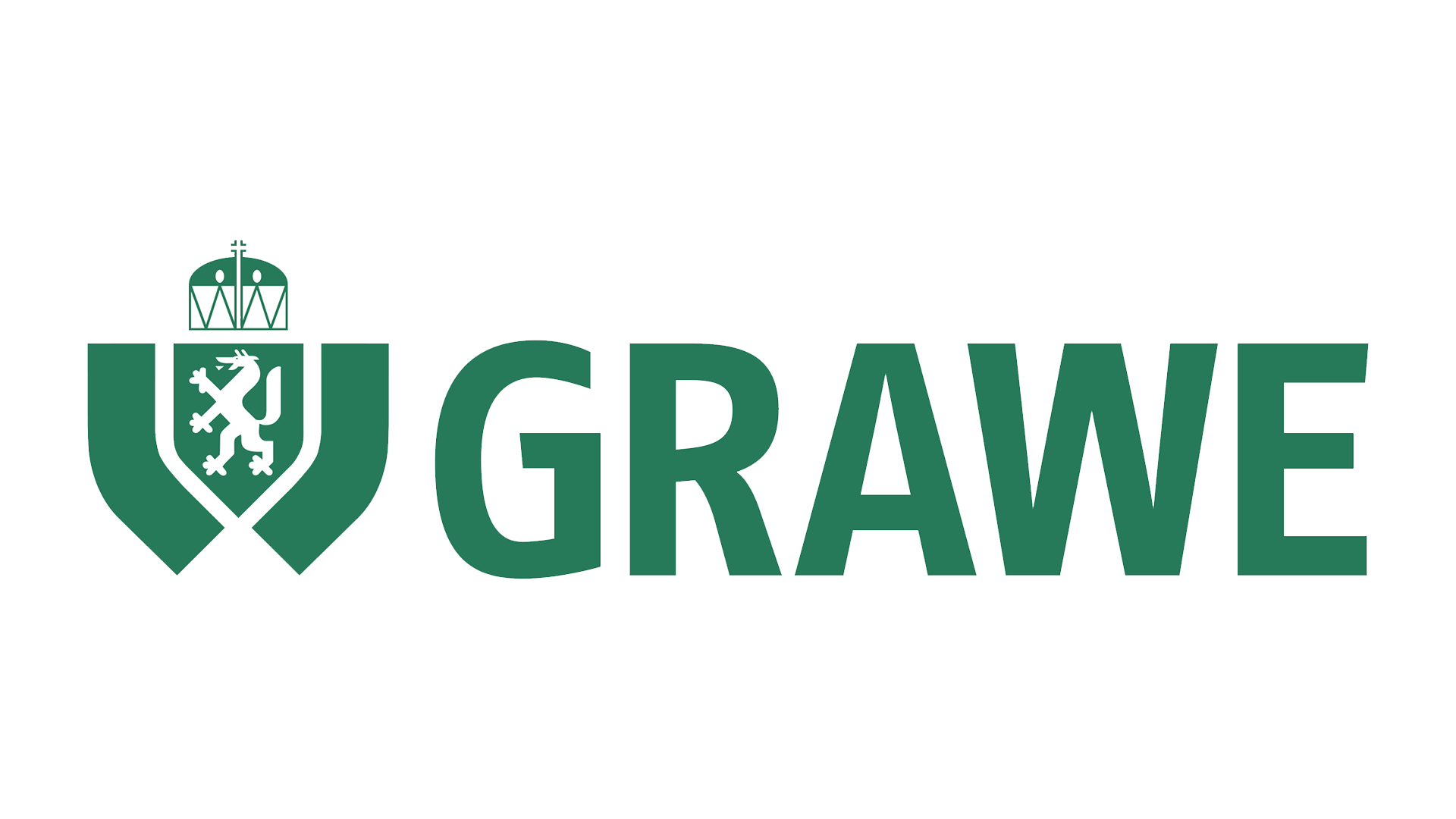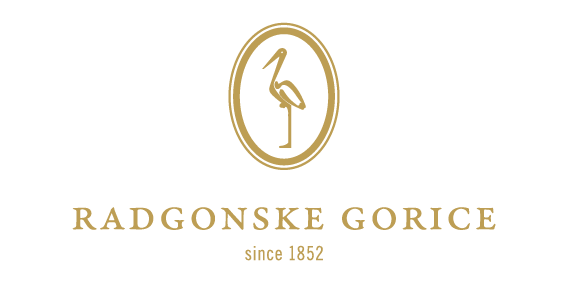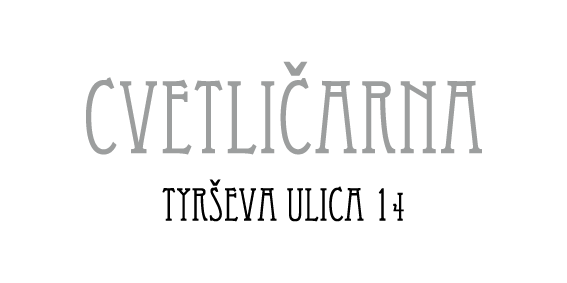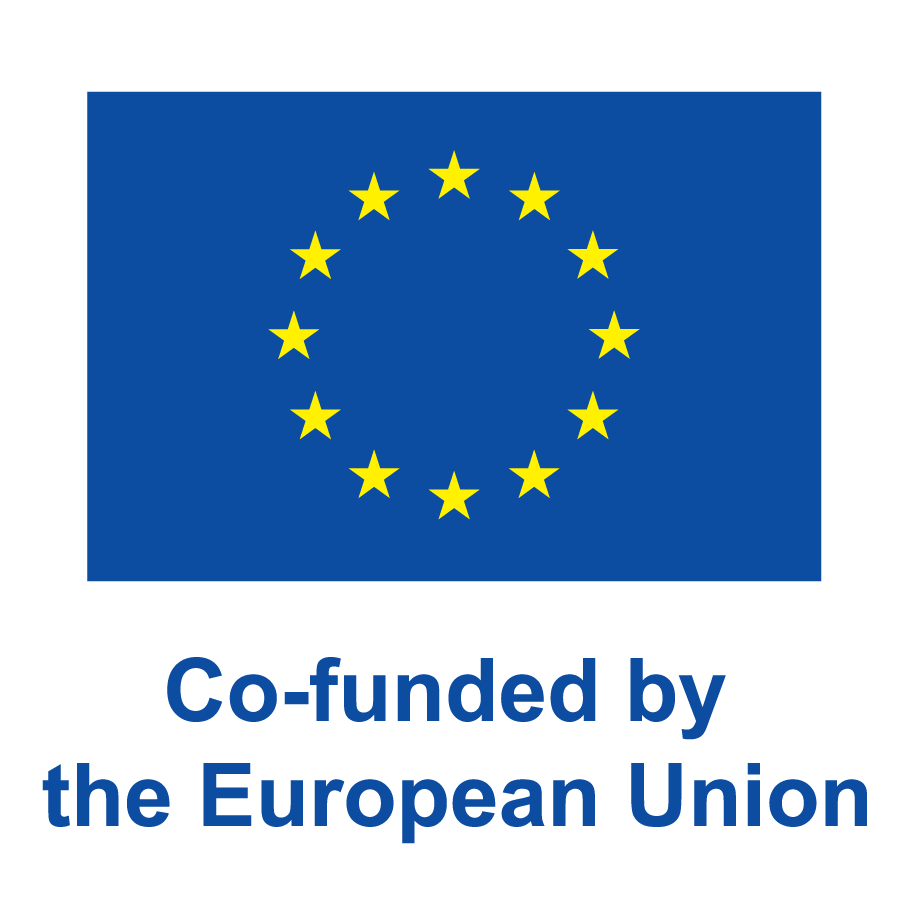Svatba in Posvetitev pomladi
Svatba in Posvetitev pomladi
About the performance
The Rite of Spring (Le sacre du printemps) is a cult musical work of the 20th century, representing not only a turning point in the musical poetics of Stravinsky as a composer but also a turning point in music history. Moreover, through this work, we follow the evolution of dance in the 20th century, from the first 1913 rendition by Vaclav Nijinsky in Paris to the present day. Therefore, it is no surprise that Edward Clug’s staging draws its inspiration from Nijinsky’s original dance creation, which was considered (too) hermetic and “disturbingly” provocative at the time. Clug’s choreography of the Rite of Spring can thus be viewed as a tribute to Nijinsky and his infamous debacle after the Paris premiere, which became a dynamic foundation for further development of modern dance in the 20th century.
Clug’s interpretation of The Rite of Spring remains, in essence, faithful to the musical structure and the original libretto, which derives from a pre-Christian legend set in pagan times in Russia. Legend has it that the ritual of sacrificing entails dancing of a virgin until her death. The life of a virgin is thus a tribute to a spring deity to increase the earth’s fertility. In iconographic terms, the play relates to ethnographic symbols of ancient Russian legend: women with long braided hair and red cheeks and men with beards – two sexual symbols of man and woman, isolated in modern times and the space in which the “consecration” of spring will take place.
At about the same time that The Rite of Spring (1913) saw the light of day, Stravinsky was preparing sketches for another ballet dedicated to ballet impresario Sergei Diaghilev and his group Ballets Russes. The composition, however, which Stravinsky called Les noces (The Wedding) with the descriptive subtitle “choreographed scenes with music and singing”, required many years of genesis until its premiere on 13 June 1923. After the initial sketches and extract of the music score, completed in October 1917 and first choreographed by Bronislava Nijinska, Stravinsky devoted himself to preparing the libretto, based on several folk wedding texts, which he found in the collection of folk songs by Peter Kireyevsky from 1911. The majority of the songs used by Stravinsky is from the southern and western parts of Russia, which reflect the authenticity of traditional local practices. Namely, in the time of holidays and other vernacular festivities, local singers did not sing lyrics to specific melodies but composed short excerpts of lyrics and melodies arbitrarily and randomly. Thus, even in The Wedding, excerpts from wedding songs, exclamations, and jokes are randomly connected, making the libretto closely linked to vernacular speech, in which the deep and archaic layers of Russian folklore are revealed.
After a long process of refining the orchestration, Stravinsky finally decided on four singing soloists, a mixed choir, two percussion groups (either with indeterminate or determinable pitch) and four pianos, which are usually replaced by the orchestra in modern performances. The very structure of the ballet, which is – in terms of music – based on a distinct rhythm and emphasized “percussion mechanics,” is outlined in two parts and demarcated into four scenes – Braids, At the Groom’s Homestead, Bride’s Farewell and Wedding Celebration. As the title suggests, it is a wedding ritual that was arranged in advance by the families of the bride and groom. The strict boundaries of the rural community are illustrated in Stravinsky’s music by rhythmic repetition and ascetic rigidity, which are juxtaposed to the young couple’s uncertain feelings in the run-up to the wedding. Through the dance narrative, various episodes of the ritual are presented, during which the bride and groom feel like victims before the communion of their families – which is also an interesting resemblance to the central sacrificial motif of the Rite of Spring. However, with the increased intensity of music and dance, the passion between the two begins to kindle, and the barrier between the man and the woman disappears. Finally, when all fears are banished, the newlyweds move on to start a new life.
Clugova interpretacija Posvetitve pomladi ostaja na vsebinski ravni zvesta glasbeni strukturi in prvotnemu libretu, ki izhaja iz legende iz predkrščanskega, tj. poganskega časa v Rusiji. Legenda pripoveduje o ritualu žrtvovanja device, ki mora plesati do smrti v poklon pomladnemu božanstvu, da bi to povečalo rodovitnost zemlje. V ikonografskem smislu se predstava navezuje na etnografske simbole starodavne ruske legende: ženske z dolgimi pletenimi kitami in z rdečimi ličnicami ter moški z bradami – dva spolna simbola moškega in ženske, izolirana v sodoben čas in prostor, v katerem se bo zgodila “posvetitev” pomladi prihajajočega leta.
V približno istem času, ko je luč sveta ugledal balet Posvetitev pomladi (leta 1913), je Stravinski pripravljal skice za še eno baletno stvaritev, ki jo je skladatelj posvetil baletnemu impresariju Sergeju Djagilevu in njegovi skupini Ruski balet. Toda glasbena podoba skladbe, ki jo je Stravinski pred praizvedbo v koreografiji Bronislave Nižinske poimenoval kot Les noces (Svatba) z opisnim podnaslovom “koreografirani prizori z glasbo in petjem”, je do trenutka praizvedbe 13. junija 1923 terjala večletno genezo. Po prvih skicah in izvlečku partiture, ki je bil dokončan oktobra 1917, se je Stravinski posvetil pisanju libreta, pri čemer je izhajal iz ljudskih svatovskih besedil, ki jih je zasledil v zbirki ljudskih pesmi Petra Kirejevskega iz leta 1911. Večina pesmi, ki jih je uporabil Stravinski, je iz južnega in zahodnega dela Rusije, pri čemer je ohranjena avtentičnost tradicionalnih lokalnih praks: vaški pevci ob praznikih namreč niso peli besedil na točno določene melodije, ampak so kratke odlomke besedila in melodije sestavljali poljubno in naključno. Tako se tudi v Svatbi odlomki svatbenih pesmi, vzkliki, dovtipi in zbadljivke naključno povezujejo med seboj, s čimer libreto spominja na ljudski jezik, v katerem se razkrivajo globinske in arhaične plasti ruske folklore.
Po dolgotrajnem procesu izčiščevanja orkestracije se je Stravinski naposled odločil za štiri pevske soliste, mešani zbor in dve skupini tolkal (bodisi z nedoločljivo ali določljivo tonsko višino) in štirimi klavirji, ki jih v sodobnih izvedbah nadomesti orkester. Sama struktura baleta, ki se v zvočnem smislu sicer opira na izrazito ritmičnost in poudarjen mehanicizem tolkal, je dvodelna, ki jo zaokrožujejo štirje prizori – Kite (las), Na ženinovi domačiji, Nevestino slovo in Poročno slavje. Kot zgovorno namiguje naslov, gre za poročni ritual oziroma svatbo, o kateri sta se v skladu s tradicijo vnaprej dogovarjali družini ženina in neveste. Ruralna zamejenost vaške skupnosti je v glasbi Stravinskega ponazorjena z ritmično strogostjo in asketsko togostjo, katerima se upirajo negotova čustva mladega para v času pred samo svatbo. Skozi ples se nanizajo različni “stadiji” rituala, med katerim se ženin in nevesta pred občestvom svojih družin sprva počutita kot žrtvi (kar je nenazadnje tudi zanimiva podobnost z vsebino Posvetitve pomladi), toda z naraščajočo intenziteto se začenja sproščati strast, z njo pa začenja izginjati bariera med moškim in žensko. Ko so vsi strahovi pregnani, mladoporočenca odideta novemu življenju naproti.
Velika dvorana
en odmor



